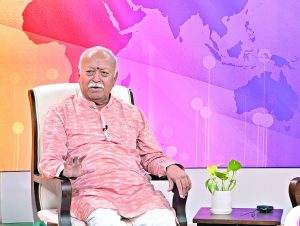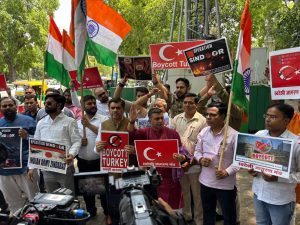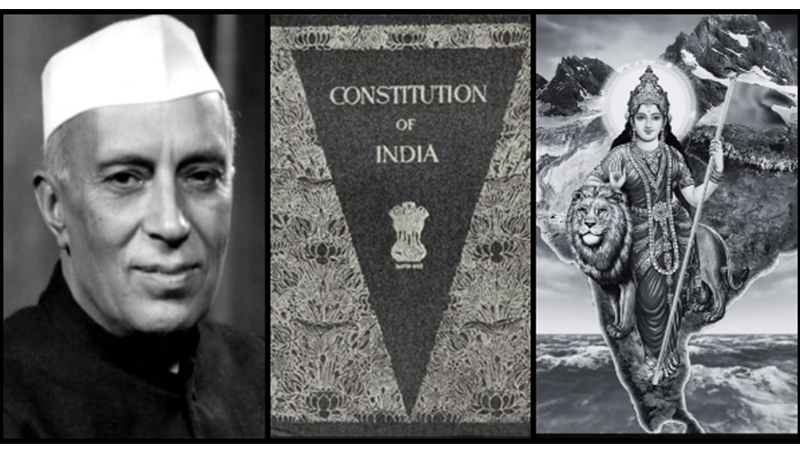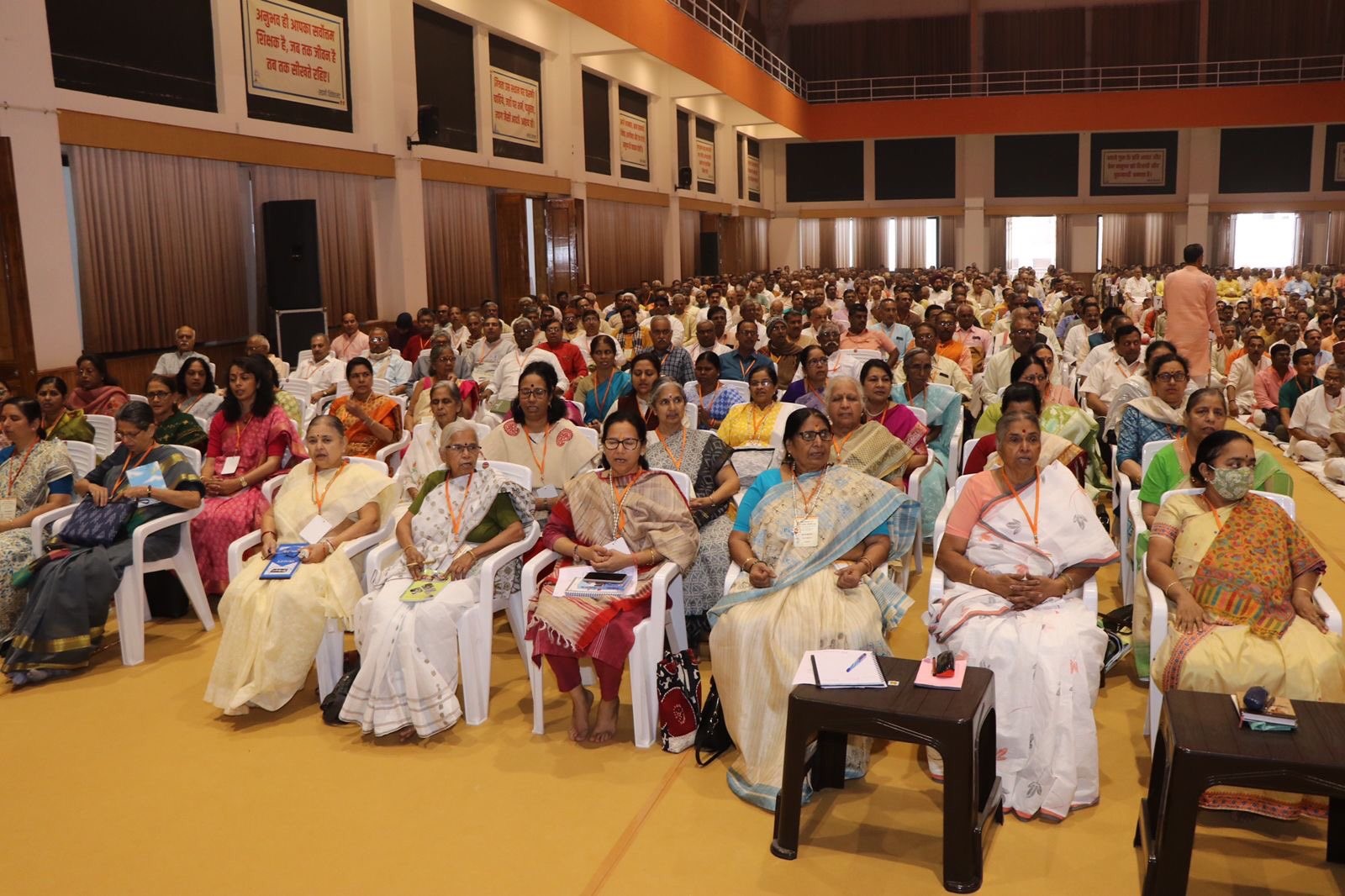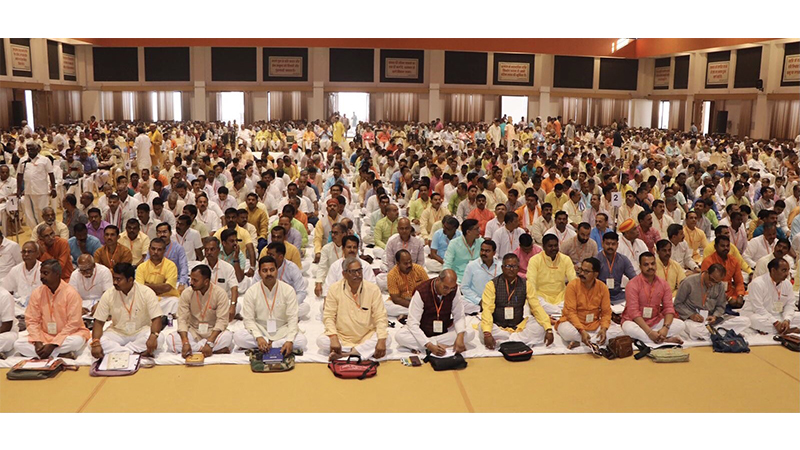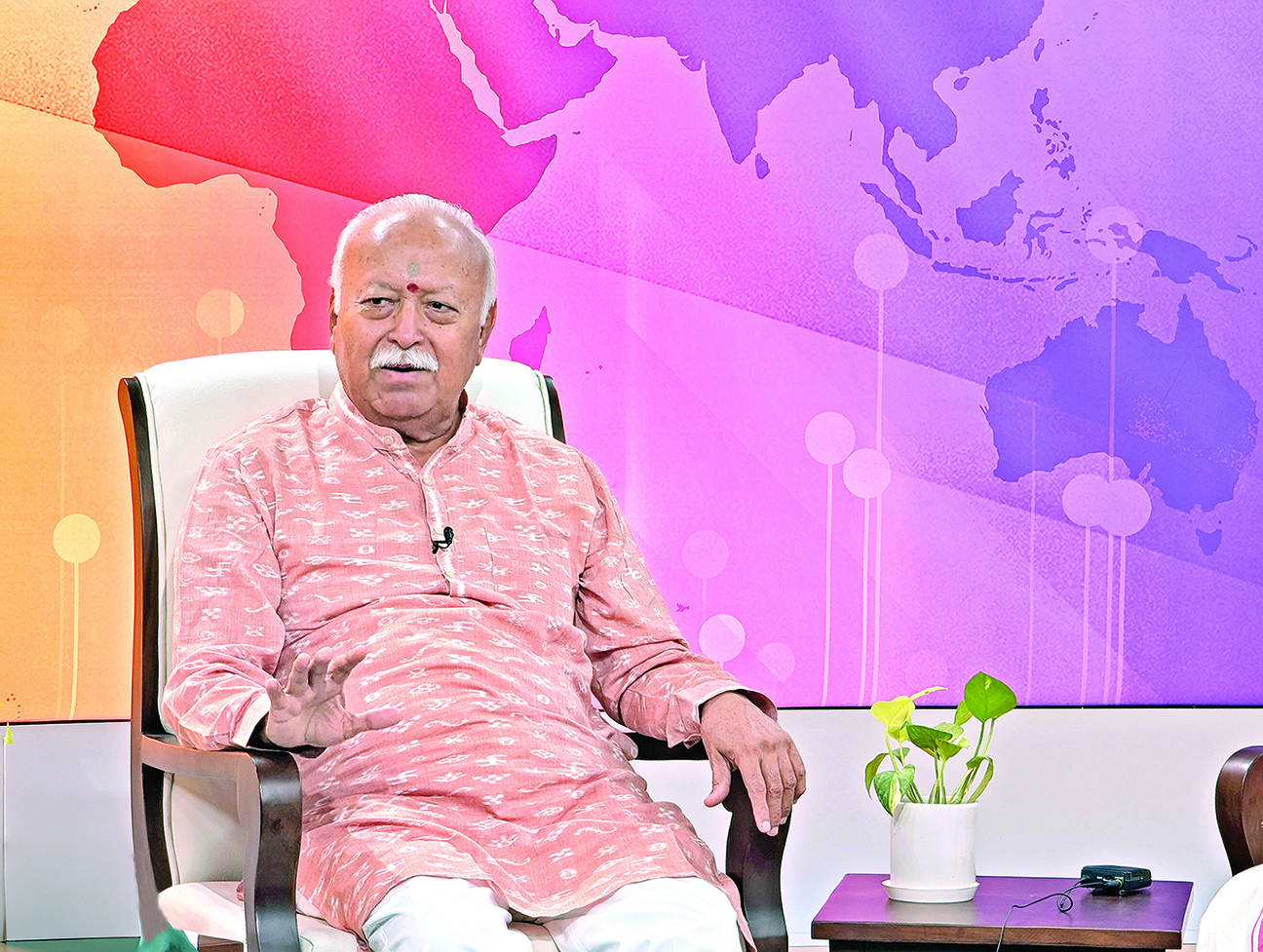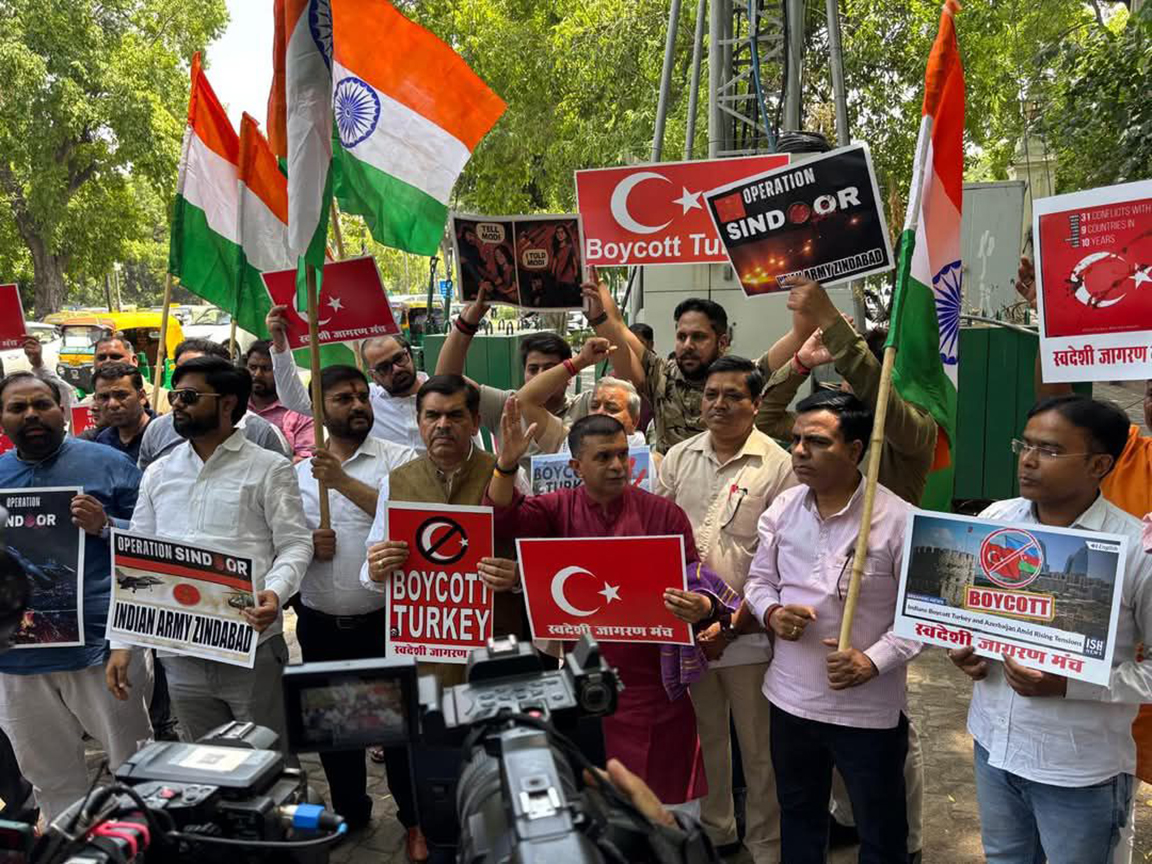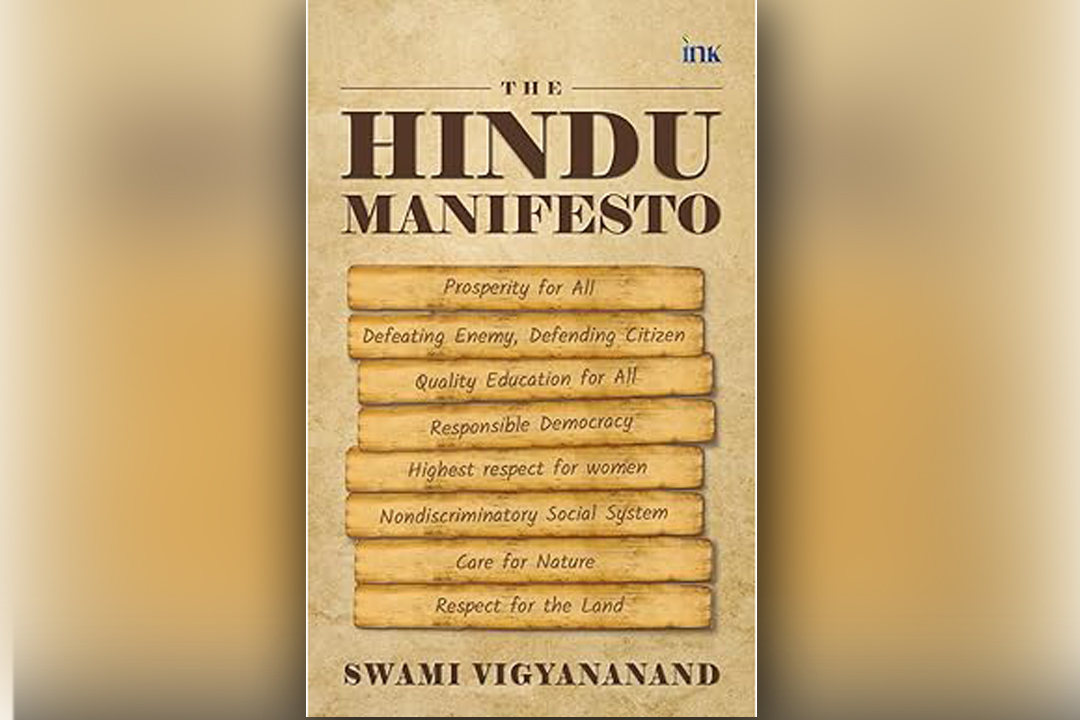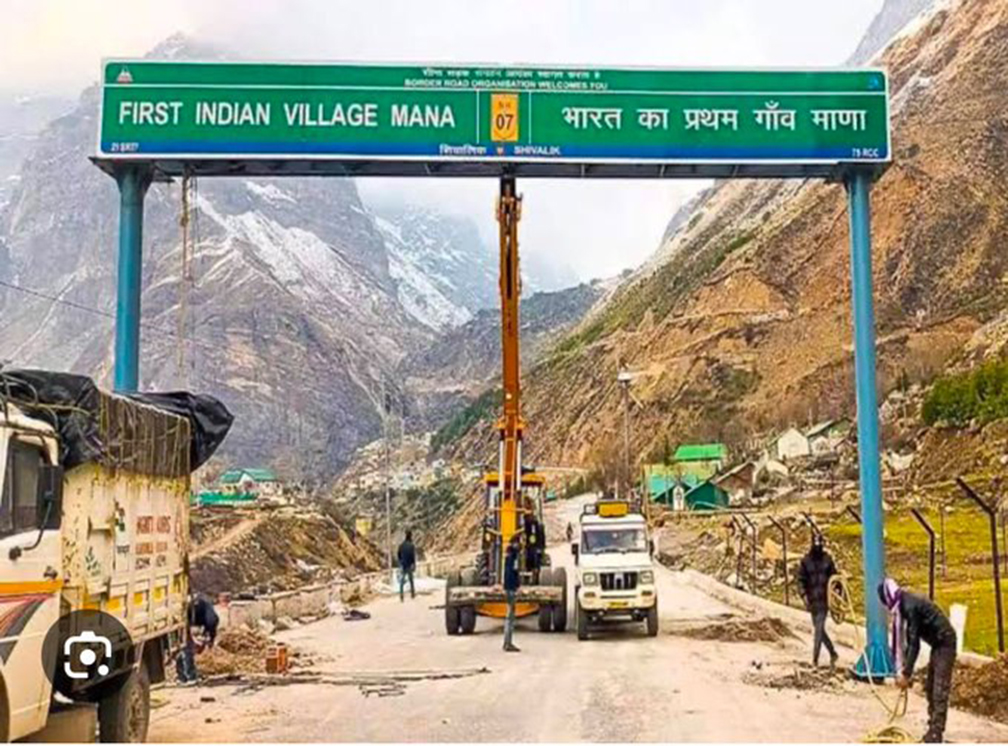Hindu Nationalism: How RSS looks at it and why it is misunderstood?
Updated: July 5, 2024 10:06

‘Hindu Nationalism’ has been established as a politically incorrect term by the colonial, Marxist and Western political scientists. They have targeted Rashtriya Swayamsevak Sangh (RSS) and its ideological mentee Bharatiya Janata Party as advocates of ‘Hindu Nationalism’ projecting it as a sectarian and militant ideology.
In this context, it is important to understand that the way the RSS looks at ‘Hindu Nationalism’. For the RSS, ‘Hindu Nationalism’ is quite different from European or the Western Nationalism. In this context, it is also important to bust this myth propagated by the colonial and Marxist historians that the rise of nationalism in India was an outcome of British rule and hence it has followed in the footsteps of ‘European Nationalism.’ The trajectories of European nationalism and Hindu nationalism are altogether different.
Origin of ‘Hindu Nationalism’
Radha Kumud Mookerji, known for his monumental work on history and culture of India, has explained the difference in his seminal work “Nationalism in Hindu Culture” published in 1921. Mookerji, respected globally for his intellectual prowess till date for documenting Indian thought and history cutting across academic ideologies, wrote these four years before the RSS came into existence.
According to Mookerji, “It is a mistake readily to assume that the origin of that remarkable social phenomenon of nationalism is to be found in the West; that it is a genuinely western product imported into the eastern countries long after their growth and development; that the eastern mind was completely a stranger to the very conception of the mother country, a sense of natural attachment to her, and a corresponding sense of duties and obligations which the children of the soil owe to her. Such misconceptions are due to a colossal ignorance of the culture of the East. Even in the dim and distant age of remote antiquity, unilluminated by the light of historical knowledge, we find the underlying principles of nationalism chanted forth in the hymns of the Rigveda embodying the very first utterance of humanity itself. That book, one of the oldest literary records of humanity, reveals conscious and fervent attempts made by the Rishis (seers), those profoundly wise organisers of Hindu polity and culture, to visualise the unity of their mother-country, nay, to transfigure the mother earth into a living deity and enshrine her in the loving heart of the worshipper. This is best illustrated by the famous river hymn, in which are invoked in an impassioned prayer the various rivers of the Punjab, which were eminently entitled to the nation’s gratitude for their invaluable contributions towards the material making of their motherland. As the mind of the devotee calls up in succession the images of these different rivers defining the limits of his country, it naturally traverses the entire area of his native land and grasps the image of the whole as a visible unit and form.”
India was preaching the gospel of nationalism when Europe was passing through what has been aptly called the Dark Age of her history, and was labouring under the travails of a new birth. It was truly the dark age of Europe, because it was a period of unrest and unsettlement, when she was a prey to the invasions of the barbarians who, leaving their old homes, overran and disorganised the Roman Empire, but were not progressive enough to plant fixed local habitations of their own in place of the old ones they abandoned. It took centuries for these barbarian and nomadic people to settle in Europe and subsequently regroup into specific geographic entities leading to the rise of the nation-state, says Mookerji.
Influence of Geography and Literature on ‘Hindu Nationalism’
So, when Europe had no clue about nationalism, the gospel of wholesome nationalism was already a vital force in the public life of India. All the conditions that make for the growth of a sense of nationhood were fully developed and long known in ancient India. The first and the foremost requirement for the rise of nationalism is to have conspicuous geographical boundaries. Indian Vedic literature had defined that specifically by clearly defining mountains, rivers and important pilgrimage centres or cities that defined the geography of India.
Vedic literature explained Bharat’s geography thousands of years before the West was yet to get over the Dark Age: ‘Uttaramyatsamudrasya, Himadreshchaivdakshinam, varsham tad bharatamnama, Bharatee yatra santatihi’. (The country that is north of the Sea and south of the Himalayas is known as ‘Bharat’ and its residents are known as ‘Bharatiya’.) So, Bharat as a nation has existed for thousands of years and the rise of nationalism was equated with the love for your motherland here. The motherland was deified as a manifestation of the divine and hence to worship it was important as it would bring prosperity for the whole world. In the recent times, it was Bankim Chandra Chatterjee who created an imagery of the motherland as a deity i.e. ‘Bharat Mata’, that gave a new impetus to Hindu nationalism from late 19th century onwards.
Conclusion
The concept of ‘Hindu Nationalism’ had existed thousands of years before the RSS came into existence. The RSS believes that ‘Hindu Nationalism’ represents the age old civilisational values. The RSS is only carrying forward a legacy that was forgotten and dumped under the influence of those who have been looking at Bharat through an ideological lens which is alien to our indigenous value system.
